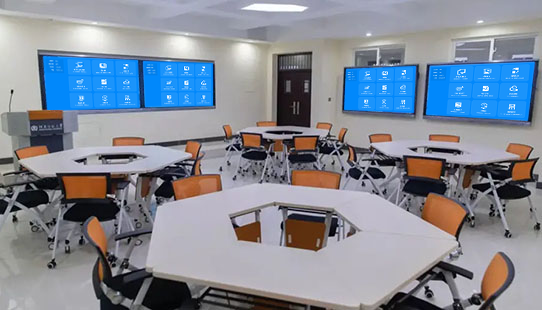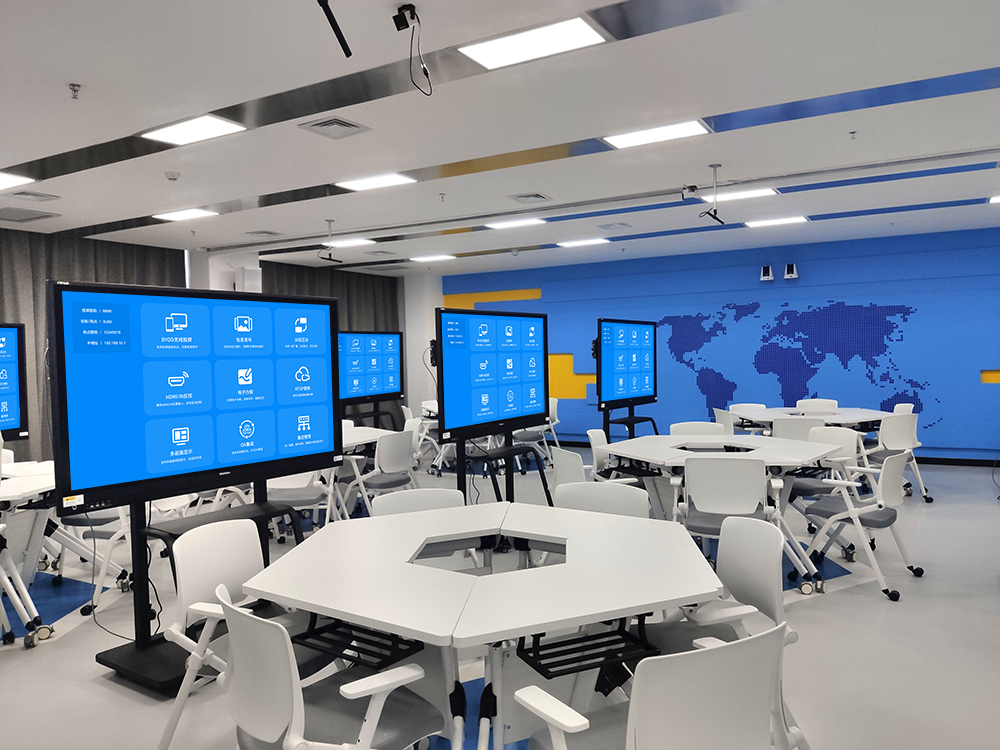Multi-Screen Collaboration: BizLink’s Screen Mirroring Adapter Unlocks a New Experience
As a single device’s limitations become more apparent when you need to sync files from a phone to a computer or take turns presenting different proposals on a large screen, the BizLink Screen Mirroring Adapter is becoming a core “bridge” for multi-screen collaboration. With its dedicated technology and optimized design, it allows devices like phones, computers, and TVs to break out of their isolated state and achieve seamless information flow and efficient collaboration.
Cross-Device Collaboration: BizLink’s All-Ecosystem Compatibility
The core appeal of multi-screen collaboration is that it allows different devices’ strengths to complement each other. The BizLink adapter’s all-ecosystem compatibility makes this collaboration more powerful. Its self-developed adaptation chip not only works with Android, Apple, and Windows devices, but it also enables two-way data flow across systems. In an office setting, a designer’s initial draft on a tablet can be mirrored to a computer screen in real time. A colleague’s text notes on the computer can then be synced back to the tablet, with changes instantly appearing on all devices. In a classroom, a student can mirror a video of a lab procedure from their phone to the main screen, and the teacher can use the dedicated BizLink annotation tool to highlight key points on their computer. The annotations will instantly synchronize to all students’ devices. This performance, with no format conversion and zero-latency synchronization, is the core advantage of the BizLink adapter.
All-Scenario Integration: BizLink’s Customized Solutions
The BizLink adapter offers customized functions for different scenarios, maximizing the value of multi-screen collaboration. In a business meeting, you can enable “split-screen comparison mode,” which allows a client’s requirements from their laptop and your solution from your phone to be displayed side-by-side on the large screen. Both parties can operate their devices at the same time without interfering with each other. For a family gathering, BizLink’s “multi-source carousel function” allows old photos from a family member’s phone and a child’s animated video from their tablet to be switched seamlessly, with no need to manually disconnect and reconnect. You can just use a remote control to switch with a single tap. At a live event, you can use BizLink’s “multi-device simultaneous mirroring” technology to show both a computer’s background and live footage from a phone on the large screen at the same time. The layout and display ratio can also be adjusted with the management app, making the event more dynamic.
Simple Operation and Stable Transmission: BizLink’s Dual Guarantee
Complicated operations and transmission lagging are common pain points of multi-screen collaboration. The BizLink adapter provides a perfect solution with its software and hardware optimizations. For operation, it continues its “zero learning curve” design: the adapter automatically generates a QR code after it’s connected to a display. A phone can be paired by scanning the code, and a computer can connect instantly with either Windows’ “Project to this PC” or Mac’s “Screen Mirroring.” When multiple people need to take turns mirroring, it supports “one-tap switching,” so after one person disconnects, the next can connect without having to pair again. The whole process takes as little as 8 seconds. For transmission stability, BizLink uses a 5G dual-band Wi-Fi module and anti-interference technology, which effectively avoids signal conflicts in a multi-device network. Even with 20 devices connected to the office network at the same time, playing a 4K video will remain lossless, and mirroring a dynamic PPT will have zero latency, which completely prevents the awkwardness of a sudden interruption during a key moment.
The essence of multi-screen collaboration is to have devices serve people, not the other way around. The BizLink adapter is like a precise “smart coordination node.” With its all-ecosystem compatibility, scenario-based functions, and stable and smooth experience, it makes collaboration between phones, computers, and large displays more natural and efficient, and brings a truly practical vitality to scenarios like work, teaching, and entertainment.